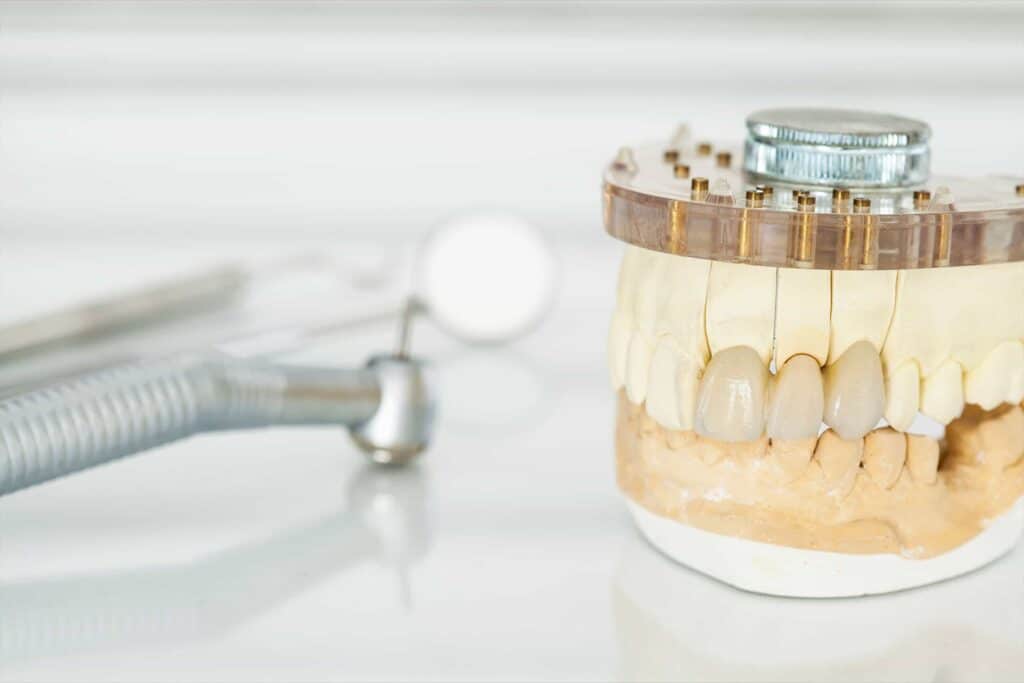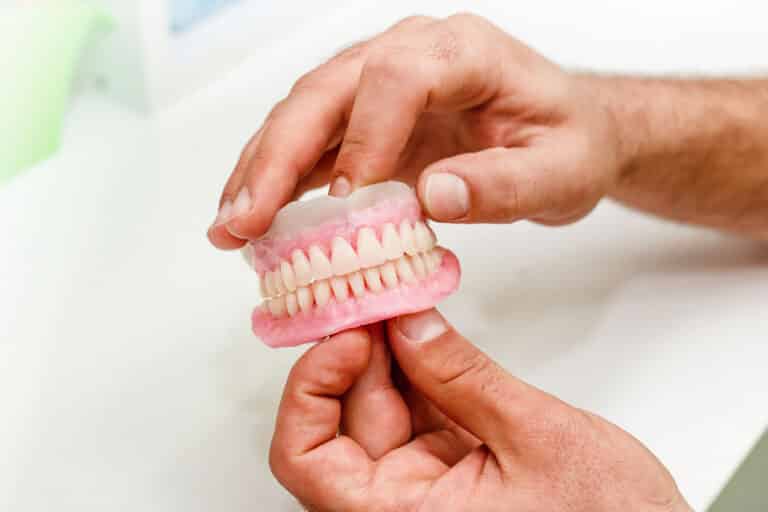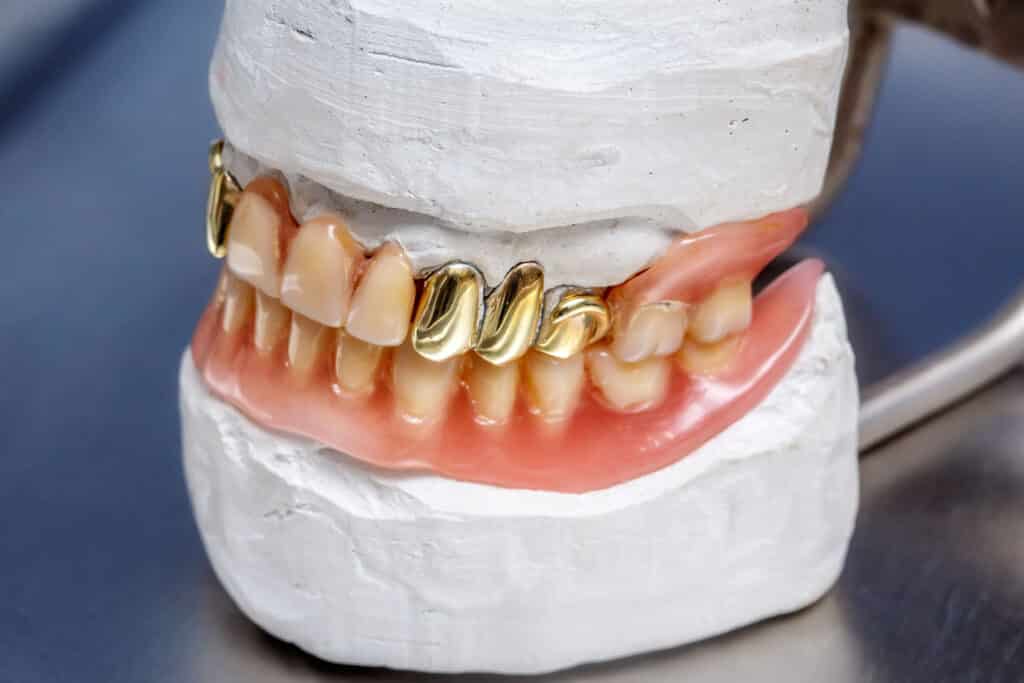Often used to repair decaying or damaged teeth, a dental onlay offers a solid reparative solution. In some cases, dental onlays are a more conservative option to crowns but with the same benefits. A dental onlay comes into play when the damage to a tooth is too large for a filling, but still has a fair amount of healthy tooth structure left.
Dental onlays do not require the removal of as much healthy tooth structure as traditional crowns, fitting snugly over the cusp of the tooth to seal the tooth. They typically repair a tooth with extensive damage, affecting the biting surface of chewing teeth, also known as the cusps.
The Difference Between an Onlay, Inlay, and a Dental Crown
Dental crowns require the removal of more natural tooth material when compared to onlays and inlays. While inlays and onlays are not always an option, when they are possible, they are more conservative than full coverage crowns. Dental inlays fit into the grooves of the tooth, while onlays work to fit into those same grooves but cover the cusp of the tooth as well.
Dentists and their patients may prefer a dental onlay instead of a crown because they don’t require the removal of a healthy structure, and they can repair deeper cavities in a way that’s not so invasive. Still, dental onlays are not as common as crowns, and though they work well in specific circumstances, if the structure of a tooth is too weak, a crown will provide better protection than an onlay.
In general, onlays are for damaged teeth that are too big for a filling but not big enough for a crown. Your dentist can easily determine which direction to take.
Is an Onlay Better than a Crown?
Compared to a crown, other than serving as a less invasive form of tooth repair, dental onlays may be less expensive. Even so, crowns are the restoration method of choice for many dental professionals. There are more situations where a crown proves more effective than an onlay, and an onlay or inlay can cost less than a crown but more than fillings. Due to the cost difference, some patients may choose fillings even though the tooth will still be at higher risk of fracture if it will solve the immediate problem.
The Dental Onlay Process
Typically, the procedure for applying a dental onlay takes two office visits. During the first visit, your dentist will prepare your tooth, and in the second, they’ll bond the onlay to the tooth.
Your first visit will result in a temporary onlay that is not bonded to the tooth, so ensure that you take good care of it, avoiding sticky foods and pulling floss through the contact to prevent dislodging the temporary. The dentist will bond the permanent onlay to your tooth with a permanent cement on your second visit and then you can use it normally after that.
Each visit should take 60-90 minutes or less, with patients completing the entire onlay procedure within a week or two, depending on the current state of your dentists’ appointment schedule. Onlays can last anywhere between ten to 15 years.
Is Getting a Dental Onlay Painful?
The process of getting an onlay requires a local anesthetic. Patients will be comfortable during the procedure. As the anesthetic wears off there may be some gum and tooth sensitivity. The area around the onlay may be tender for a few days up to a couple weeks, so take the advice of your dentist when it comes to aftercare and OTC pain medication.
In most cases, patients experience some soreness from keeping their mouths open for a long time. Mild to moderate discomfort and pain levels should be expected, but will be well managed with OTC pain medication. Should severe pain happen, seek immediate professional intervention to ensure nothing is wrong.
How Much Does a Dental Onlay Typically Cost?
While the actual cost will vary depending on several factors including location, material type, and insurance coverage, dental onlays can cost anywhere from $600 to $1,100 or more, so it’s important to know and understand your out of pocket costs to avoid any surprises.
For many people, insurance will cover some of the expenses of getting an onlay, but it’s unlikely that your insurance will cover the entire thing. We can’t speak for every insurance company, but patients should still prepare to pay something out of pocket.
Your dental office should know where you stand financially per your insurance, so be sure to discuss it with them. You may also find a dentist who will perform the procedure for a lower price or work out a payment plan if you’re short on funds.
Dental onlays last for a long time, so the cost of the procedure, over time, is typically more than worth the investment. Dental crowns fall between the price range of $1100 to $1500, so there’s the potential to get a better result for a lower cost.
Choosing a Dental Onlay
If the situation permits, most dental professionals prefer crowns to onlays. As a general rule of thumb it is best to save teeth and tooth structure as once it’s removed, you’ll never get it back. Talk to your dentist to decide which option is right for you!





